Shamrock Tavern
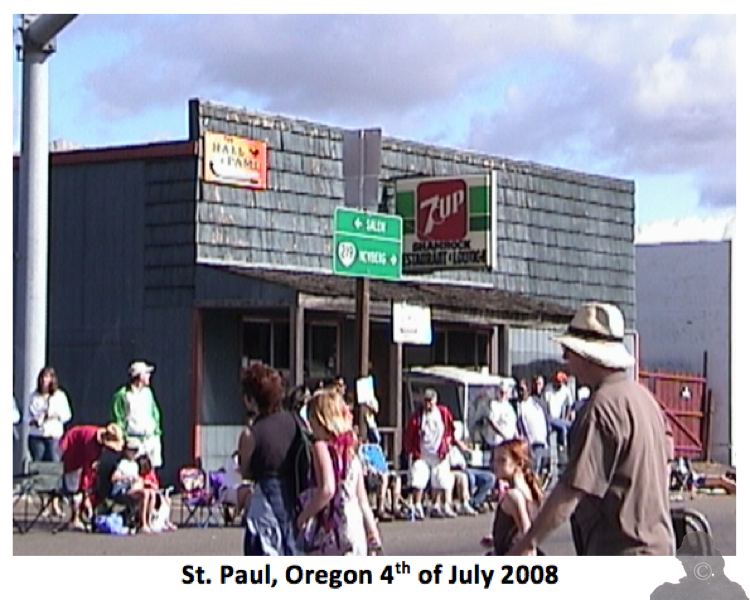
Before the world of rules regulations and other PC (politically correct) words/phrases St. Paul was well known for having two unique taverns: The Rodeo Tavern which dated back to….. and was owned by… and the Shamrock which was build back in 1915 piece by piece and phase by phase; each of these building blocks having their own story and carpentry adjustments to make the parts fit; who was there to check the code? No one! Like two fighters in the ring these two structures would compete on the week end. Sitting kitty corner from each other patrons who were enjoying a beer or a bite to eat would have to either j-walk diagonally to patronize both drinking fountains or for the sober resident or passer by he/she would cross the street twice to get there. Regardless of choice the bar tender would always know if you were one of the regulars or was just passing by.
While there will be many passers-by in the 1940’s during WW II and other world military encounters such as the Korean Conflict this time period also marks a period of forced travel for many migrants in the southwest especially Texas. The drinking fountains provided by The Rodeo and Shamrock Taverns will provide an important meeting hub for the few men who began to trickle in to the grand town of St. Paul; population always under 300 (a joke because people there knew better). A unique aspect of this drinking fountain was the fact that the taverns served adults and children. Although men reigned in attendance having one’s wife or girl friend was quite acceptable. Under age youth or even children were welcome so long as they behaved and did not let the root beer float or ice scream go to their head. You see it would be the child sometime that would lead their dad or mom to the car to drive back home. One might say that it was a team effort to land at the Rodeo or the Shamrock taverns and to make it safely back to the camp!
It’s an irony, when people die they are buried and when buildings such as the Rodeo and Shamrock taverns die they are dismantled; with little or no regret, no fan fair, tears or even an article romancing old times at these special watering hole. Commemorating buildings with flowers as we do those who are buried does not seem to fit…..ONLY MEMORIES REMAIN….for some of US.
PHOTO GALLERY ST. PAUL, OREGON USA
(Right) The only time I g |
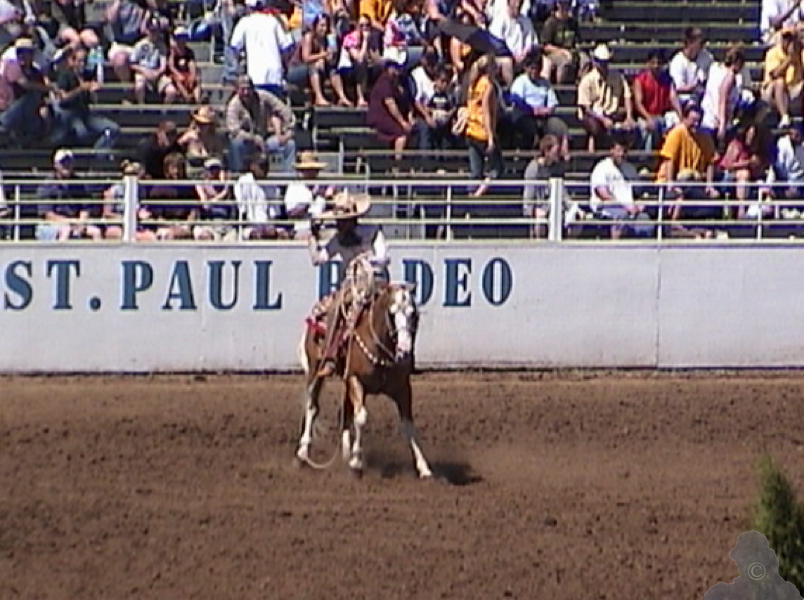 “El Charro” or the original cowboy! Anyone who is familiar with the cowboy attire knows that the ornaments or articles they use to express their cowboyness, here are a few names: lazo, chaps, la riat, … I think the word Vaquero sums it up…which means a person that deals with vacas (vacas the word for cows/cattle)…and the rest of the story is history. “El Charro” or the original cowboy! Anyone who is familiar with the cowboy attire knows that the ornaments or articles they use to express their cowboyness, here are a few names: lazo, chaps, la riat, … I think the word Vaquero sums it up…which means a person that deals with vacas (vacas the word for cows/cattle)…and the rest of the story is history. |
Here is Joe and Harold catching up on yesterday’s news. When I intervied Harold I found out that he was a Sear an Roucuk House Baby. He talks about his parents building a house using materials sent to them by the Sear’s Company. The parts were all crated and sent via rail and my parents put it all together. Harold lives with his dog and c |
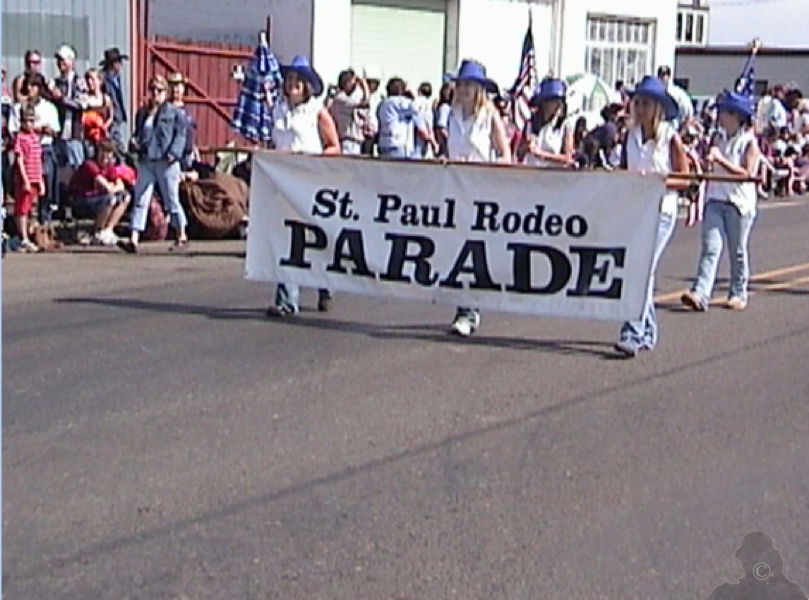
The people of St. Paul, Oregon pride themselves in hosting one of he most famous RODEOS this side of the Mississipi. This little town that claims a population of 332 as of last year 2012 (this is definetly an inside joke) the visitors who come from surrounding communities and from out of state and even the country make the population swell into the thousands. As for the 322 population claim by those who could care less about the sign who I suspect is most of St. Paul is part of the St. Paul Mistique☺ There is no sense of even discussing it with a local for not a straight or believable answer will be given. |
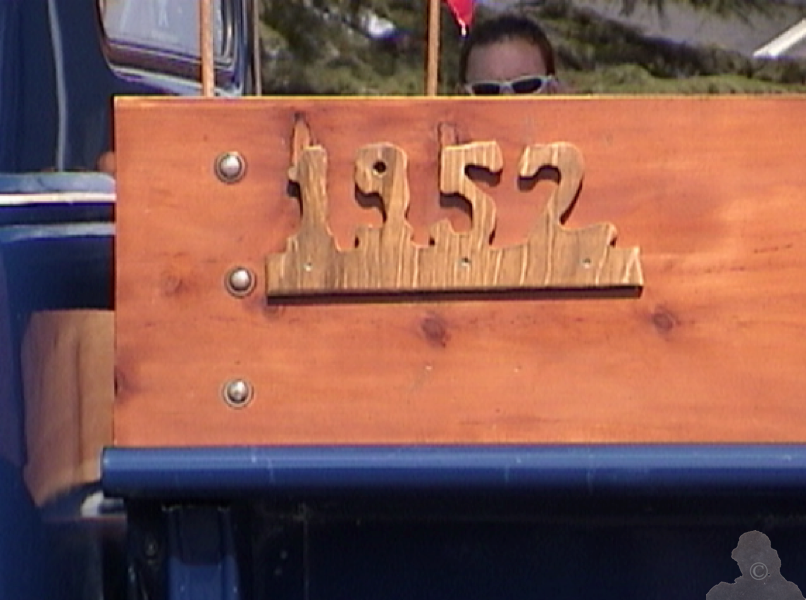 I don’t know the owner of this pick up that has been part of the 4th of July St. Paul Parade for many years; but thank you for sharing the side-board. The year 1952 is known to be as the year when many of the contratistas from Asherton descended on ST. Paul with the hired hand-labor who rode in the back of a two ton truck covered with a heavy canvass top as described by Crucita Robles Garcia and Jesse Villarreal! As the old saying goes … the rest is history! I don’t know the owner of this pick up that has been part of the 4th of July St. Paul Parade for many years; but thank you for sharing the side-board. The year 1952 is known to be as the year when many of the contratistas from Asherton descended on ST. Paul with the hired hand-labor who rode in the back of a two ton truck covered with a heavy canvass top as described by Crucita Robles Garcia and Jesse Villarreal! As the old saying goes … the rest is history! |
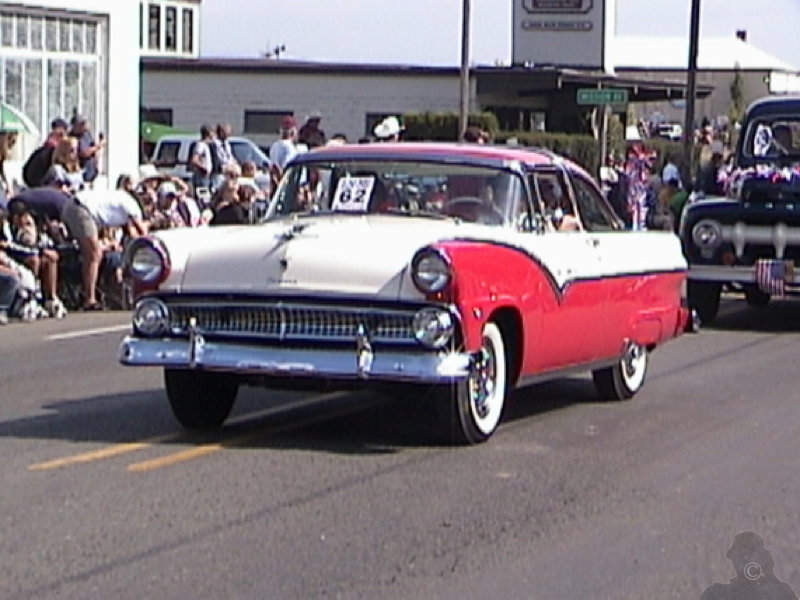 1955 Ford “Crown Victoria” What a car! I am partial to the year and the make. The word Crown back then was not only a word that helped describe the car, but the car had a highly polished chrome crown outside, as well as inside. What a car and what an experience to drive in a luxury unique only to the mid-50’s. |
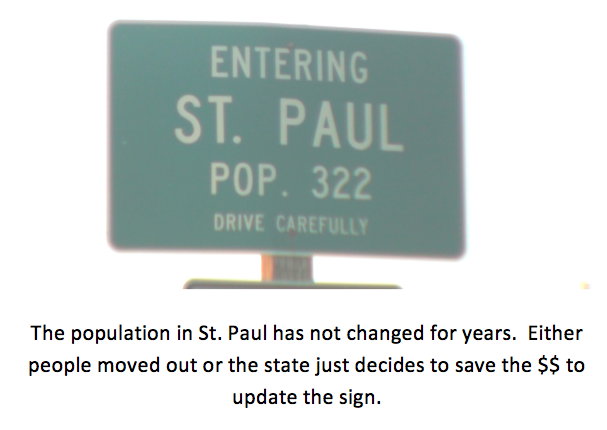
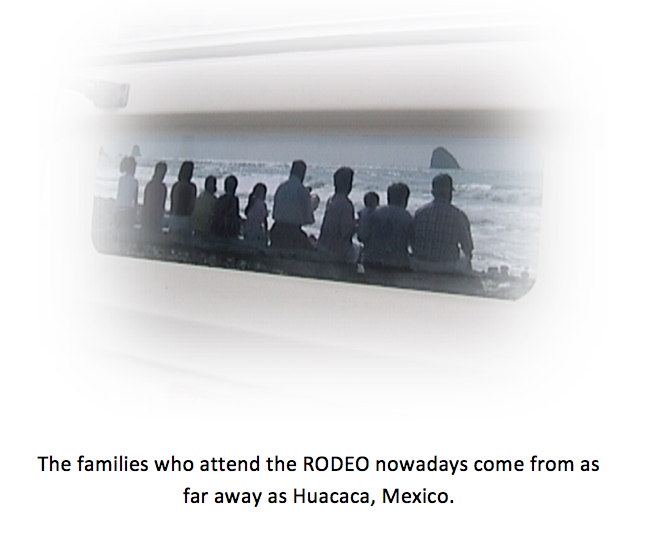

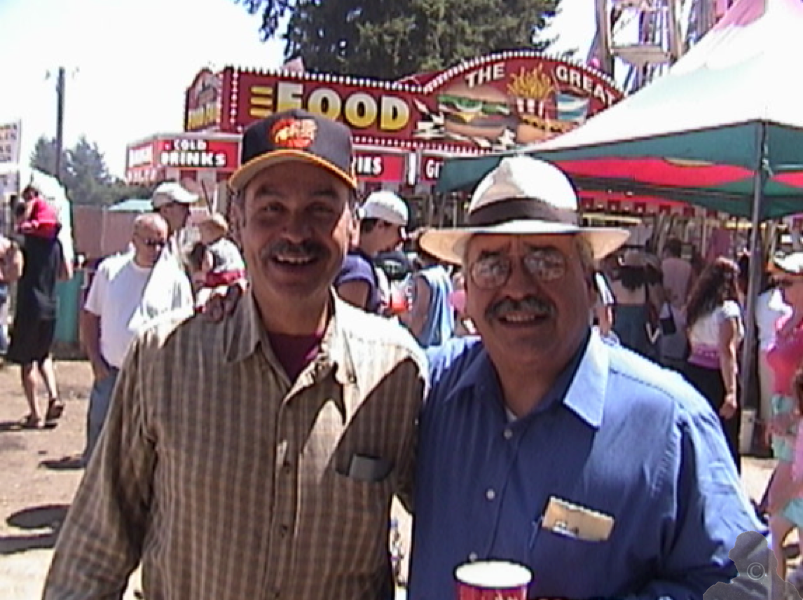 et to see some of my old classmates are at a holiday function. Here is Lionel and Job Valverde who have been coming to the 4th of July Celebration for the last 50+ years.
et to see some of my old classmates are at a holiday function. Here is Lionel and Job Valverde who have been coming to the 4th of July Celebration for the last 50+ years.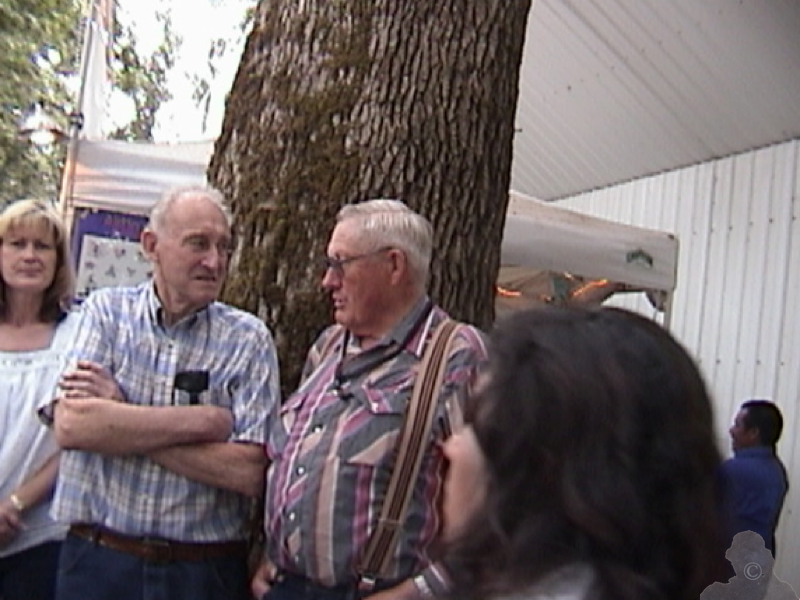 ontinues to enjoy his life as a bachelor.
ontinues to enjoy his life as a bachelor. 